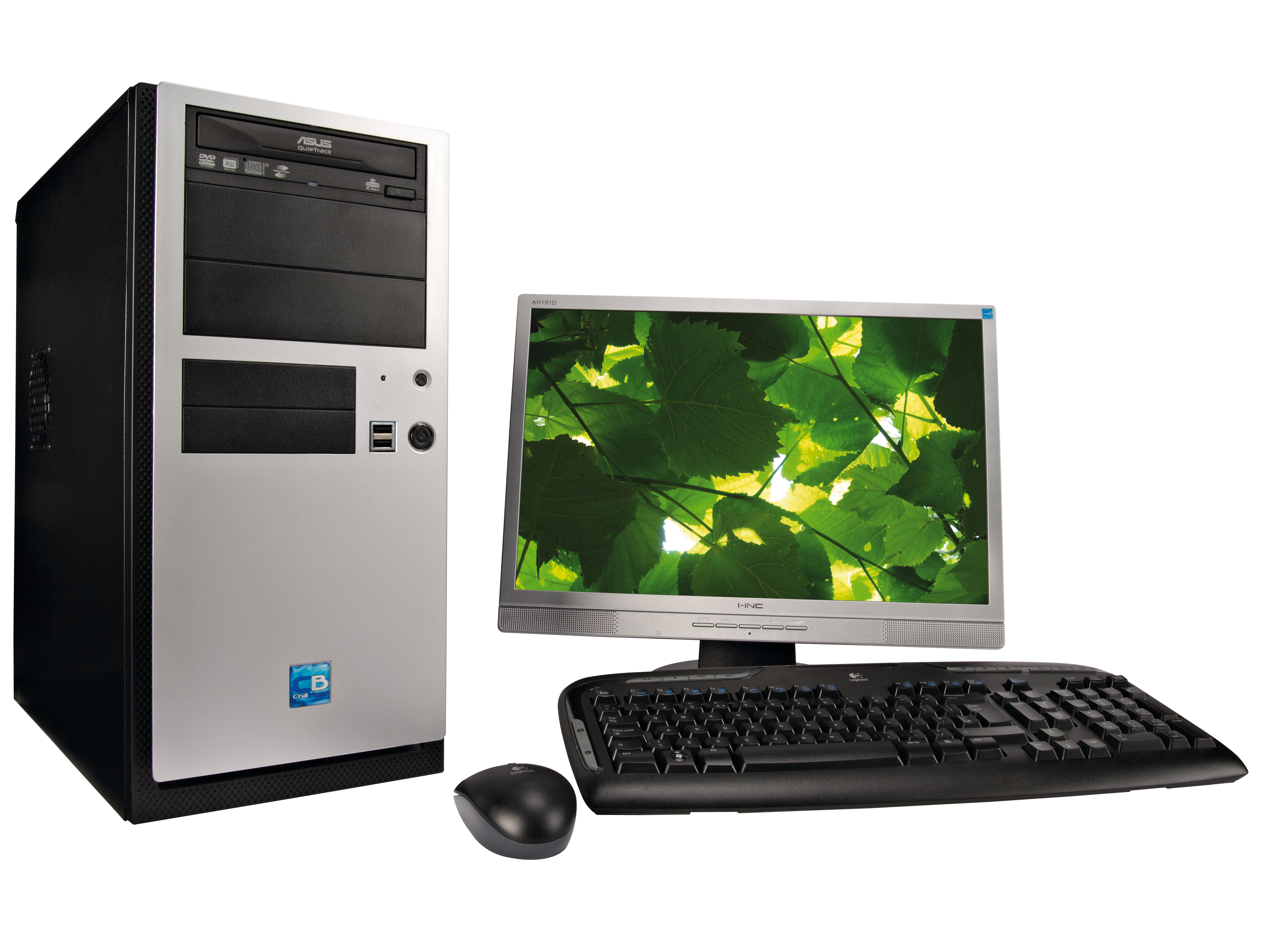TechRadar Verdict
Well-built and powerful for the price you have to pay
Pros
- +
Plenty of features
Good quality components for the price
Good monitor and peripherals
Cons
- -
No dedicated soundcard
Why you can trust TechRadar
The £600 - £800 desktop market is competitive and you can see marked differences in performance for just a few pounds either way. One such PC that excels in this price bracket is the Chillblast Fusion 6320 OC P35.
It features a 1.86GHz dual-core CPU from Intel, a 320GB hard drive, 2GB of high performance RAM from Geil, GeForce 8600GTS graphics and an SLi-ready board from Asus. You'll find a PC with some of these options for around £500, but it's the quality of components used here that ensures the Fusion 6320 isn't overpriced.
The base unit fits the bill nicely and runs Vista much more smoothly than other similar systems we've looked at. A few components are a little lightweight, however. An underpowered 380W PSU from Antec won't run SLi, even when the system is otherwise ready (bar a second 8600GTS), and the NSK4400 case, also from Antec, is a little basic for something priced over £700.
If a future upgrade to SLi was on the cards the case doesn't have enough cooling for optimum performance - we'd have liked to have seen something a little beefier to house the components.
At this price point it's often the monitor and peripherals that let the overall PC system down. Not so with this Chillblast setup. A 19-inch widescreen monitor from I-INC brought Vista to life with a crisp display at all angles and for once showed ClearType off to best effect.
With built-in speakers and a well-balanced contrast and brightness, this monitor was a delight, and puts many equivalent displays that are bundled with similarly priced systems in the shade.
The wireless keyboard and mouse, both from the Logitech stable, were also excellent offerings and made the whole system feel that little bit classier. There's also a decent set of Logitech S220 2:1 speakers, but with no sound card to show them off we had to rely on the onboard sound only.
Sign up for breaking news, reviews, opinion, top tech deals, and more.
When we put the Fusion 6320 through its paces it clocked up 5.4 on the Windows Experience Index for Vista, reporting top scores (5.9) in graphics and memory processing. It scored an impressive 5,557 in 3DMark, which is superb for even the most demanding of games or graphics software. Add another 8600GTS card and the score would climb towards 7,000.
Sounding out
For £750 the Chillblast Fusion 6320 almost has it all. However, the lack of a dedicated sound card, even a basic 5:1 version, was a let-down especially as there's plenty of room for one with just one graphics card on the SLi-ready board. Furthermore, the Logitech speakers should also have been a 5:1 configuration to boost the audio capabilities of the PC.
Extra USB2 ports are found on an expansion slot at the back of the PC, but given that these are bundled with the motherboard it isn't much to rave about. The simple addition of a sound card would have made this PC stand out that little bit further, but with such a quality package on offer it's only a minor quibble.
Chillblast's online sales system means you can tailor your model with a host of extras if you're prepared to spend a bit more. Overall, we found the system to be well constructed and ideal for general use, media playback and a spot of gaming.
Tech.co.uk was the former name of TechRadar.com. Its staff were at the forefront of the digital publishing revolution, and spearheaded the move to bring consumer technology journalism to its natural home – online. Many of the current TechRadar staff started life a Tech.co.uk staff writer, covering everything from the emerging smartphone market to the evolving market of personal computers. Think of it as the building blocks of the TechRadar you love today.
